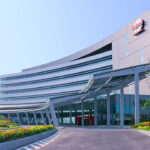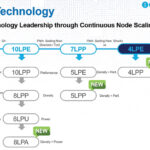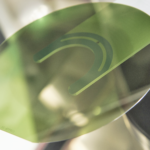ASIA ELECTRONICS INDUSTRYYOUR WINDOW TO SMART MANUFACTURING
SK hynix rides on booming demand for memory chips to a three year-high in quarterly revenue
Operating profits were up 38% on higher productivity
SK hynix rode on booming sales of memory chip to a three-year high in the quarterly revenue in the second quarter ended on June 30, seeing its profitability jumping in the neighborhood of 26%.
The world’s second largest memory chip maker today reported an operating profit of 2.695 trillion won, 38% up year-on-year on consolidated revue of 10.322 trillion won.
It was the first time in three years that SK hynix recorded the quarterly revenue of more than 10 trillion won
Quarter on quarter, the revenue and the operating profit were up 22% and 103%, respectively. Its operating margin hits 26%
The money spinner was booming demand for memory chips, as almost all applications vendors from PCs to graphics to consumer electronics to even server computers have been clamoring more of memory chips.
On the top of that, SK hynix’s rapid ramp up to finer design rule technologies like 10 nanometer geometries and 128 layer NAND flash memory chips have helped improve its profitability allowing it to get more chips out of silicon wafer.
Looking forward, SK hynix expects the favorable memory market conditions to continue into the second half of 2021, partly helped by seasonal demand.
Specifically, the chip maker expects that demand for NAND flash products will grow amid increasing penetration of high capacity storage in mobile devices, while booming demand enterprise solid state drives (SSDs) will also help NAND sales
SK hynix will maintain its DRAM technology competitiveness, while focusing on enhancing profitability for NAND Flash.
For DRAM, SK hynix plans to increase the sales of its high-capacity server DRAMs of larger than 64 Gigabyte (GB). Additionally, the chip maker disclosed that it would begin supplying its 1a nm DRAMs, using its EUV equipment.
Mass production of DDR5 DRAM will begin in the second half of this year, too
The 1a nm chip processing technology refers to the low 10nm design rule technology.
For NAND Flash, SK hynix aims to turn around in the third quarter by expanding the sales of 128-layer based mobile solution products and enterprise SSDs, and plans to mass-produce 176-layer NAND Flash later this year.




